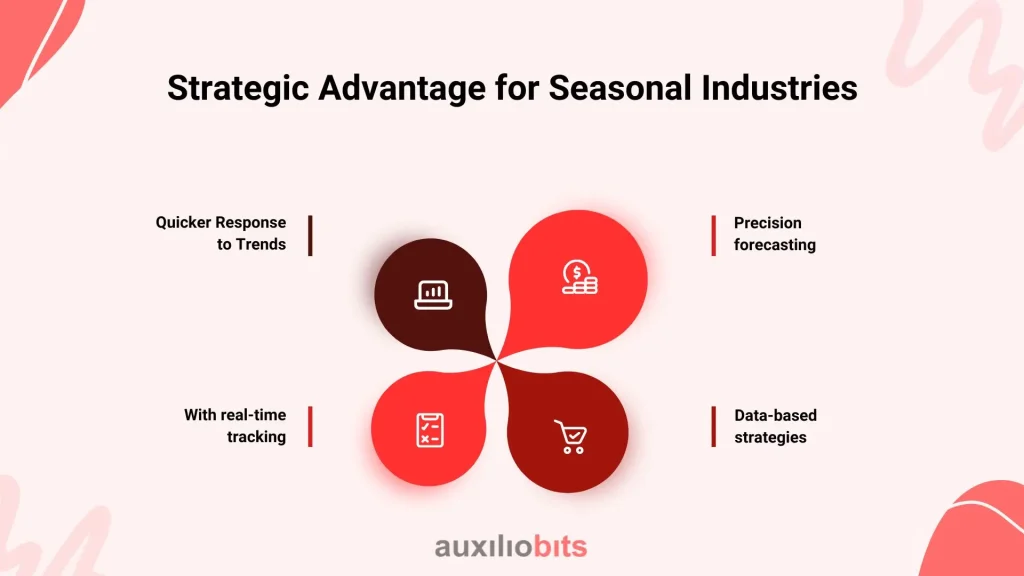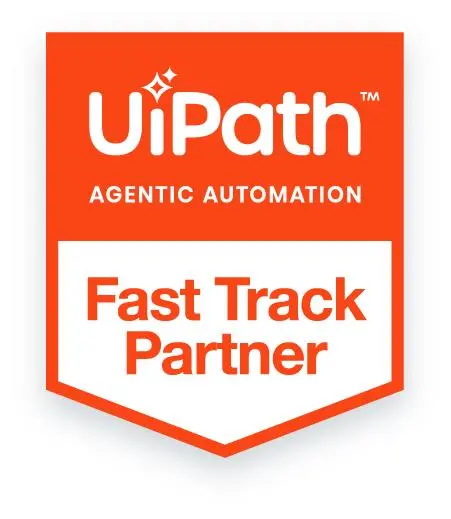
Key Takeaways
- Conventional models of forecasting are ineffective for resolving the issues posed for prediction in seasonal industries.
- Unsupervised learning provides greater depth and flexibility in information analysis compared to traditional models.
- These models enable businesses to anticipate market shifts, manage inventory more effectively, and enhance overall operational readiness.
- With the proper implementation, LLMs can transform forecasting from a guessing game into a strategic advantage.
We take agriculture and tourism as members of seasonal industries. A contagious trend, sudden volatility in consumer behavior, or changing weather patterns can wreak havoc with resources, create excess stock, or lead to lost opportunities. Reliance on outdated forecasting methods drives a vicious cycle of retreating to ‘play catch-up’ mode while the competition accelerates toward growth.
COVID-19 has transformed the reliance on language-based models and propelled the advancement of technology to unprecedented levels. These tools rapidly surpass their initial task of understanding and generating speech, instead becoming highly proficient in shaping business expectation accuracy for seasonal demand.
The Problem: Traditional Forecasting Falls Short
Data sets, such as weather reports, sales figures, trends from previous years, and seasonal changes, are basic and repetitive, which makes them the primary reliance for growth for a large number of seasonal businesses under a streamlined set of instructions. Although reasonably competent, these models overlook the intricate details of the marketplace and competition, which involve elements of unpredictability and numerous factors that determine outcomes.
Forecasts from the previous year are rigid and bound to keep consumer interest stagnant. Their evolution relies heavily on social media, macroeconomic variables, dynamic cultural shifts, and data from last year.
Societal changes, social media hype, and other factors, including lifestyle shifts, impact consumer attention, which does not solely rest on last year’s data. It can be, for instance, driven by the sharp rise in eco-minded consumerism or sudden trends among fashion influencers. These changes certainly don’t appear on spreadsheets.
In some industries, where short peak seasons create intense competition, any imbalance between forecast and actual electricity demand can be highly damaging. Supply may be late, or products may sell out.
The Solution: LLMs Bring Context to Complexity
The answer is provided by LLMs, which add reliability to multifaceted information. Unlike any other instrument, LLMs can analyze sophisticated and non-textual data simultaneously. In other words, analyzing figures from prior sales records is only the beginning. In modern technology, they can also monitor thousands of internet conversations, scan economic reports, read blogs, and even pick up on nuances and linguistic cues in customer feedback.
LLMs offer more in-depth and nuanced analysis by drawing on a broader pool of knowledge. Unlike a traditional model, which would predict an increase in jacket sales in June based on historical data, an LLM would factor in the impact of a popular movie set to be released featuring jackets of the same style, a change in weather predictions for the area, and an increase in social media activity focusing on traveling.
LLMs can do the following:
Social Sentiment Analysis:
By going through reviews, posts, and comments about a brand, recent LLMs (Language Learning Models) can understand how people feel about products, trends, or brands. Businesses now have the capability of detecting growing interest or dissatisfaction before it becomes evident through sales data.
Cultural Trend Tracking:
These models have the capability of identifying signals across a multitude of media, such as blogs, forums, and news sites, that indicate emerging tastes or movements that may affect demand.
Event Correlation:
Sport tournaments, elections, national holidays, and marketing campaigns are just some of the correlations that LLMs can understand in their relation to spending and forecasting expenditure.
The main characteristic that differentiates LLMs from other models is the ability to reason about seemingly unrelated phenomena. With context being the most critical aspect in a seasonal industry, actionable context is provided by integrating sophisticated algorithms and human knowledge.
For seasonal industries, their business strategies revolve around the paradigm shifts that enable better and more far-sighted planning, further synchronized with historical seasonal patterns. These require swift decision-making in advanced analysis settings, which puts them ahead of their competitors.
Strategic Advantage for Seasonal Industries
Having seasonal cycles puts businesses on a whole new level. With the use of LLMs, decision-makers can now rely on real-time data that is dependable and up-to-date. By having quicker and more responsive data for seasonal demand, being able to understand context makes them more versatile and valuable, changing the landscape for LLMs.

Quicker Response to Trends:
Companies no longer have to settle for making decisions weeks after receiving data. They can act on emerging trends in real time. By doing so, they put themselves in a position that grants them complete control of being ahead of or lagging behind the market.
Precision forecasting:
Let’s businesses maintain optimal inventory levels for specific items, decreasing waste while augmenting availability for items that are in high demand during peak seasons.
With real-time tracking:
Marketing strategies can be executed with better alignment to consumer behavior and can be made more effective and well-timed.
Data-based strategies:
Can provide better results that require less modification down the line, allowing for earlier and smoother workflow integration across the supply chain, marketing, and product development sectors.
The Auxiliobits Advantage
embedding LLMs into existing frameworks, we enable planning systems to incorporate language intelligence into their forecasting models. This means your business doesn’t just plan for the sprucing-up season—it plans alongside it.
Real-time assistance embedded in monitoring systems helps your team understand conversations, readings, and searches and interpret them effectively, turning complex issues into understandable concepts.
Contact us if you’d like to polish features in real-time or explore what we offer. We help seasonal, forward-thinking businesses stay ahead of their problems.








